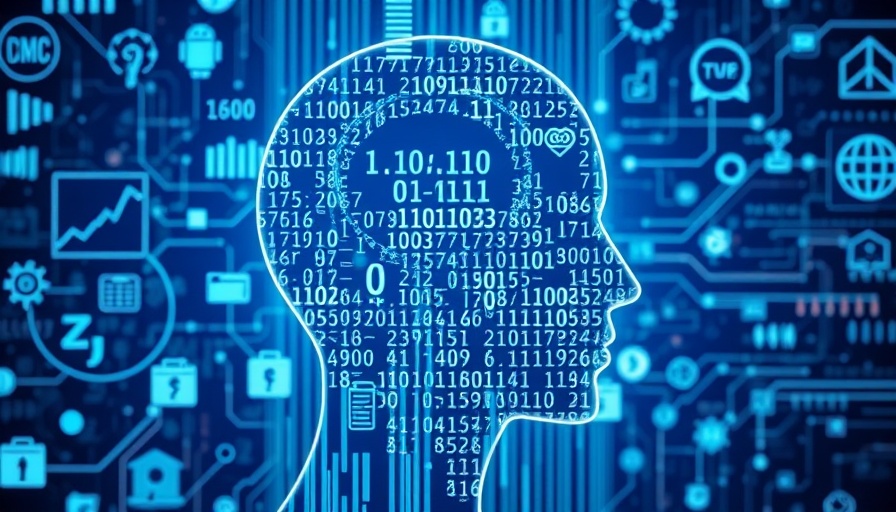
The Evolution of High-Frequency Trading
High-frequency trading (HFT) has revolutionized the financial markets, leveraging technology to execute trades at lightning speeds. Traditionally, trading relied on human intuition, strategies that could be slow and prone to errors. However, with advancements in technology and the advent of powerful algorithms, trading is evolving from a human-driven industry to one dominated by artificial intelligence (AI).
How AI Transforms High-Frequency Trading
Artificial intelligence integrates seamlessly into high-frequency trading systems, enhancing speed and accuracy significantly. AI algorithms analyze vast amounts of data to identify trading patterns, a task that would take humans much longer. Not only do these sophisticated systems recognize trends in historical data, but they also utilize predictive analytics to make informed predictions about future market behaviors.
One key benefit of AI in HFT is the ability to make real-time decisions. While human traders may take seconds or minutes to analyze data and make decisions, AI can process information and execute trades in milliseconds. This leap in efficiency means that trading firms can capitalize on fleeting opportunities before the competition even has a chance to react.
The Benefits of AI in Trading
Integrating AI into high-frequency trading systems provides traders with several key advantages:
- Speed and Efficiency: AI enables ultra-fast execution of trades, allowing firms to seize opportunities that arise for mere seconds.
- Enhanced Market Predictions: Leveraging deep learning techniques, AI excels at forecasting market fluctuations, offering traders the edge they need.
- Cost Efficiency: As more trades become automated, firms can reduce the size of their trading teams, resulting in significant cost savings.
- Scalability: AI systems can effortlessly manage large volumes of data and transactions concurrently, expanding capabilities beyond human limitations.
Challenges and Risks of Implementing AI
Despite its substantial advantages, the integration of AI into high-frequency trading comes with challenges:
- Technical Limitations: Minor latency issues can greatly affect performance in markets that operate at ultra-fast speeds. AI algorithms must be fine-tuned to minimize these delays.
- Overfitting Models: Sometimes AI systems identify patterns that do not hold up in real-world scenarios, leading to erroneous predictions and poor trading decisions.
- Market Risks: Automated systems, if not managed properly, can lead to significant market disruptions, including flash crashes caused by machines executing trades hand-in-hand at unforeseen speeds.
Looking Ahead: The Future of AI in High-Frequency Trading
As technology continues to evolve, the future of AI in high-frequency trading is filled with potential. Innovations in AI and machine learning, including advancements in neural networks and natural language processing, promise to make predictions even more accurate and trading systems more adaptive.
Yet, firms must remain vigilant about the risks associated with automation. As more strategies become reliant on AI, the necessity for ethical considerations and regulatory frameworks will be paramount. Balancing innovation with responsibility will be the key challenge for firms in the coming years as they navigate this brave new trading landscape.
Conclusion
The impact of AI on high-frequency trading is profound and multi-faceted, providing distinct advantages while posing significant risks. Companies embracing AI technology can expect remarkable improvements in speed and efficiency, but must also recognize the challenges that accompany its use. As the financial landscape continues to shift, staying informed about the developments and implications of AI in trading will be essential for leaders in the industry.
To adeptly navigate the dynamic landscape of AI in high-frequency trading, business professionals must understand its potential. Engaging with advanced analytics tools and staying updated with regulatory standards will prepare leaders to make strategic decisions that harness the power of AI responsibly.
 Add Row
Add Row  Add
Add 




 Add Row
Add Row  Add
Add 

Write A Comment